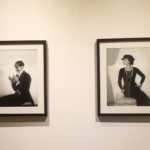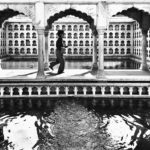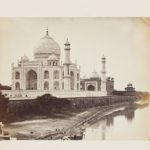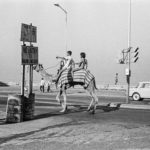Chasing Frames at Focus Festival 2017
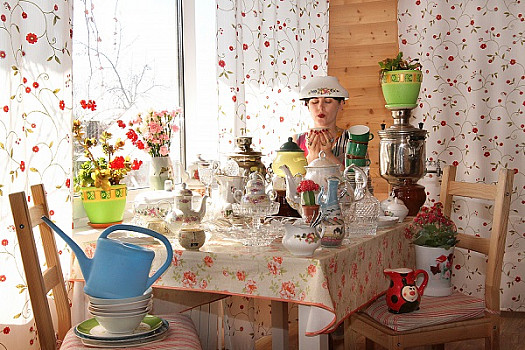
Days away from the third edition of Mumbai’s first free, public photography festival, FOCUS, Verve goes behind the scenes with festival directors Matthieu Foss and Elise Foster Vander Elst, to discover their preparations for the event, as they set out to put together an extensive and exciting itinerary including over 25 exhibitions and 50 events set across the city, on the theme of Memory.
The Daily Mail
Elise Foster Vander Elst’s Diary:
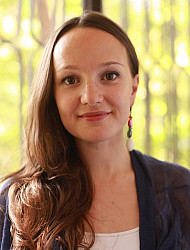
Morning: It’s hectic! I’m up at 6 am with my young daughter to get her ready for the day. I drop her off at her nursery, and then from 8 am I’m at my desk responding to emails (which range from managing production issues and working with venues to iron out installation schedules and finalising artwork that have to go to print). Since many of our exhibition and festival partners this year are international, the first half of the day I usually have many Skype calls with people around the world – from speaking to our sponsors to brainstorming and planning events to talking to artists from abroad about their exhibition.
Afternoon: Is usually reserved for meetings with our partners and the festival team around Bandra or South Mumbai. In the lead-up weeks, we would be regularly touching base with our festival hub partner (Ministry of New this year), the FOCUS 2017 curators and FOCUS production managers responsible for delivering each exhibition. At some point, someone will remind us to eat, so we’ll grab a bite at one of our favourite cafes.
Evening: Despite the workload, in the evening we all try and attend art and culture related events in the city. It’s important to support others’ programmes, and it’s a good opportunity to catch up with organisations collaborating on the festival. The night usually finishes with answering emails on the journey back home and then falling into bed around midnight!
Matthieu Foss’ Diary:
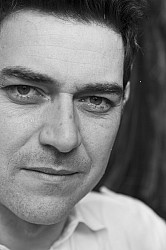
Morning: I get up at 7am and always start by having breakfast with my family, after which everyone goes their own way. I walk the dog and usually spend the first few hours answering and sending emails. Then the meetings start in different parts of the city with either photographers or prospective partners for FOCUS. Traffic eats up a huge chunk of time, so I try to compensate by making calls from the car. When I get the chance, I squeeze in a photo for my Instagram account.
Afternoon: Lunch is often on the go. Mumbai has plenty to offer in that department. The afternoon is spent either with members of our team, working on the program, scouting spaces, doing recces and visiting ongoing exhibitions.
Evening: At the end of the day we often regroup over Skype to plan ahead for the upcoming days. A send out a few emails before dinner and then I attempt (but often fail) to switch off for the evening.
(Mouseover the images below to discover the photographer.)
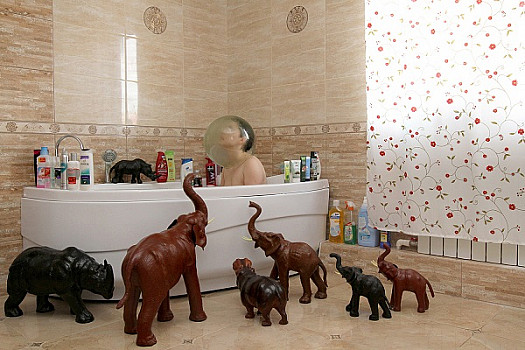
The Start of It All
Elise: I studied History of Art at the Sorbonne in Paris and developed a passion for the visual arts through the four years. What has always fascinated me is the power of art to inspire, to communicate complex ideas in visual ways, to be a springboard for discussion and alternate points of view, and to contribute to positive social change.
Matthieu: I’ve always been interested in art and studied photography along with art history in the US and France. My first true job experience was with a very small team in 1997. We worked on what became Paris Photo. It was such an all-embracing experience to deal directly with photographers, galleries, auctions, journalists, collectors and the art fair audience, that it became my specialty and my passion. I have never been a photographer but I enjoy taking photos and have always worked in connection with this medium. In 2005, when my family and I moved to Mumbai, I decided it was time to open a photography gallery. It was the first of its kind in the city and gave me the opportunity to represent and promote a new generation of artists.
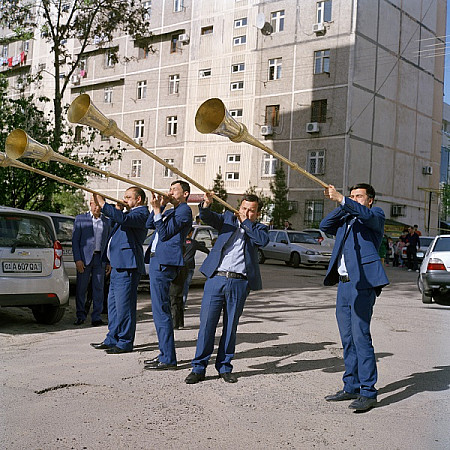
Reaching Out
Elise: The festival format is, by nature, very inclusive. The fact that there are such a variety of events going on in different neighbourhoods and types of venues means the footfall is diverse. People who go for their evening walk on Carter Road might not usually visit a museum. Those who regularly attend galleries might rarely engage with exhibitions of student work. The festival provides a fantastic platform to bring photography to a greater number of visitors, and cross-pollinate audiences from all walks of life. It is this unique mix of people and activities that creates the incredible and magical energy that FOCUS is famous for.
Driving Change
Elise: I would like to see more platforms for younger photographers to show their practice and gain valuable feedback. Like others starting out in their careers, they too need guidance, mentors and to have the opportunity to see great work that inspires them.
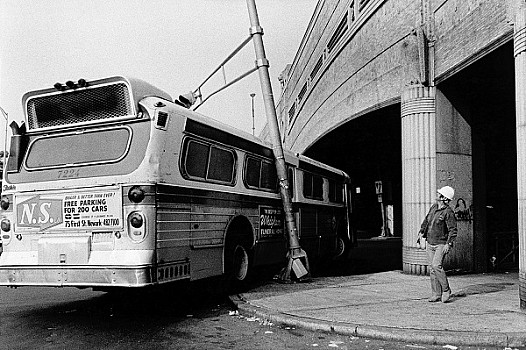
Pressure Play
Matthieu: I hate to admit it but I work best under pressure. A festival involves working with numerous partners and planning ahead is crucial. The most enjoyable time is when it boils down to the intense weeks before kick off, and the actual days of the festival itself. This is the time when our collective efforts finally pay off with an inclusive city-wide celebration of the photographic image.
New Horizons
Elise: When I first moved to Mumbai in 2009, the museums did not host contemporary art exhibitions, and very few non-profit spaces existed. There were many fantastic commercial galleries of course…. Now, eight years on, there are many organisations doing great work – residencies like Space 118 and What About Art who host national and international artists; spaces such as Mumbai Art Room and Clark House Initiative who, unconstrained by the market, have the freedom to take risks in their programme. These organisations provide an important platform for experimentation which is so needed in a healthy art ecosystem.
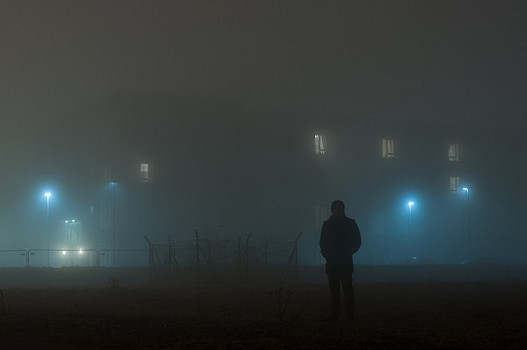
Camera-happy Indians
Matthieu: India has massively opened up to this art form. You can tell by the success of the photography festival format, and by seeing how many of them have sprouted in Indian cities since 2012. There is a true interest to visit exhibitions and at the same time, to discover a city in a different light. A large majority of Indian galleries and museums have also included photography in their regular programs.
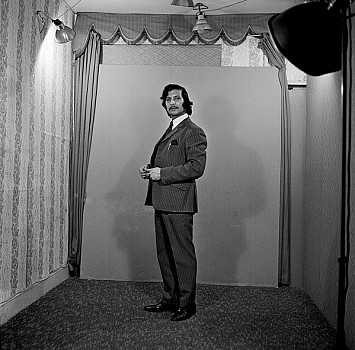
Making Time
Elise: Unless I’m travelling, I make time for my daughter every day. I am glad she sees me working, and understands that one’s career can be a passion, and a way to make a valuable contribution to society. However, she should always feel that she comes first and is my absolute priority. I try and keep weekends just for family time, and try very hard to ban myself from my phone in her presence.
The FOCUS Connect
Matthieu: Mumbai is a huge metropolis with a population bordering 20 million. Unfortunately, most Mumbaikars will never enter a gallery or have access to curated exhibitions in museums or institutions. For this reason, a festival that partly takes place in the public space is the best way to reach the largest amount of people. We intentionally choose broad themes that can be understood by all and interpreted by the many partners we work with. For example, the theme this year is Memory, something everyone can relate to. By hosting a festival that is free and open to all, and by thriving to bring exhibitions to the public space, we hope to progressively provide more interaction and accessible contemporary photographic art for Mumbai’s audience.
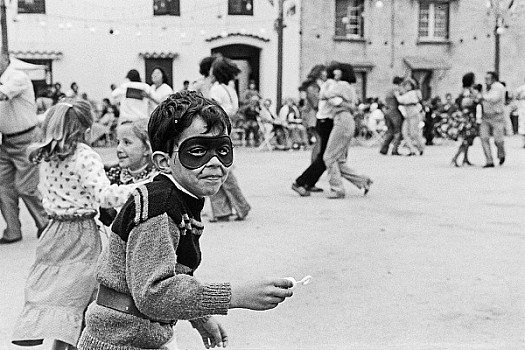
FOCUS vs. Paris Photo
Matthieu: Paris Photo and FOCUS were both pioneering events in their own way. The former was the first European photography fair and FOCUS is Mumbai’s first photography festival. The timing for Paris Photo was ideal as it provided a platform for the expanding photography market and its many international contributors. We started off with a team of 3 people in a tiny office in the Marais, led by young Dutch entrepreneur Rik Gadella. At the time, we still used a fax machine and postal mail to communicate with our partners. The big difference was working in a city like Paris which hosts many art fairs and large-scale international events, which meant that administration and logistics were streamlined. FOCUS, on the other hand, was an entirely new concept for Mumbai and largely developed from scratch, with collaborations playing a major part.
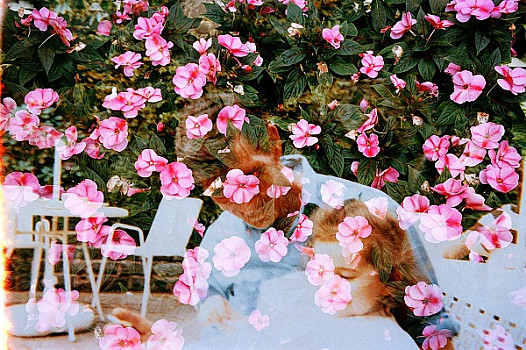
On Your List…
Matthieu: All the exhibitions are worth visiting. However, if you have very little time, I would urge people to visit The Call for Entries exhibition and Before Now, Then; a Japanese contemporary exhibition, both at Dr. Bhau Daji Lad Museum and produced by FOCUS. Highlights also include an outdoor display of photographs on the Carter Road Promenade in Bandra called Afterlife, from a collective of artists in Quebec; and the Gedney in India exhibition at CSMVS, a selection of vintage photographs showcased for the first time in India.
FOCUS Photography Festival Mumbai 2017 will take place at various venues across the city from March 9-23, 2017. Visit www.focusfestivalmumbai.com for details.
Read about what to expect at Focus Photography Festival 2017 here.
Related posts from Verve:
Verve Trending
Sorry. No data so far.
us on Facebook to stay updated with the latest trends

